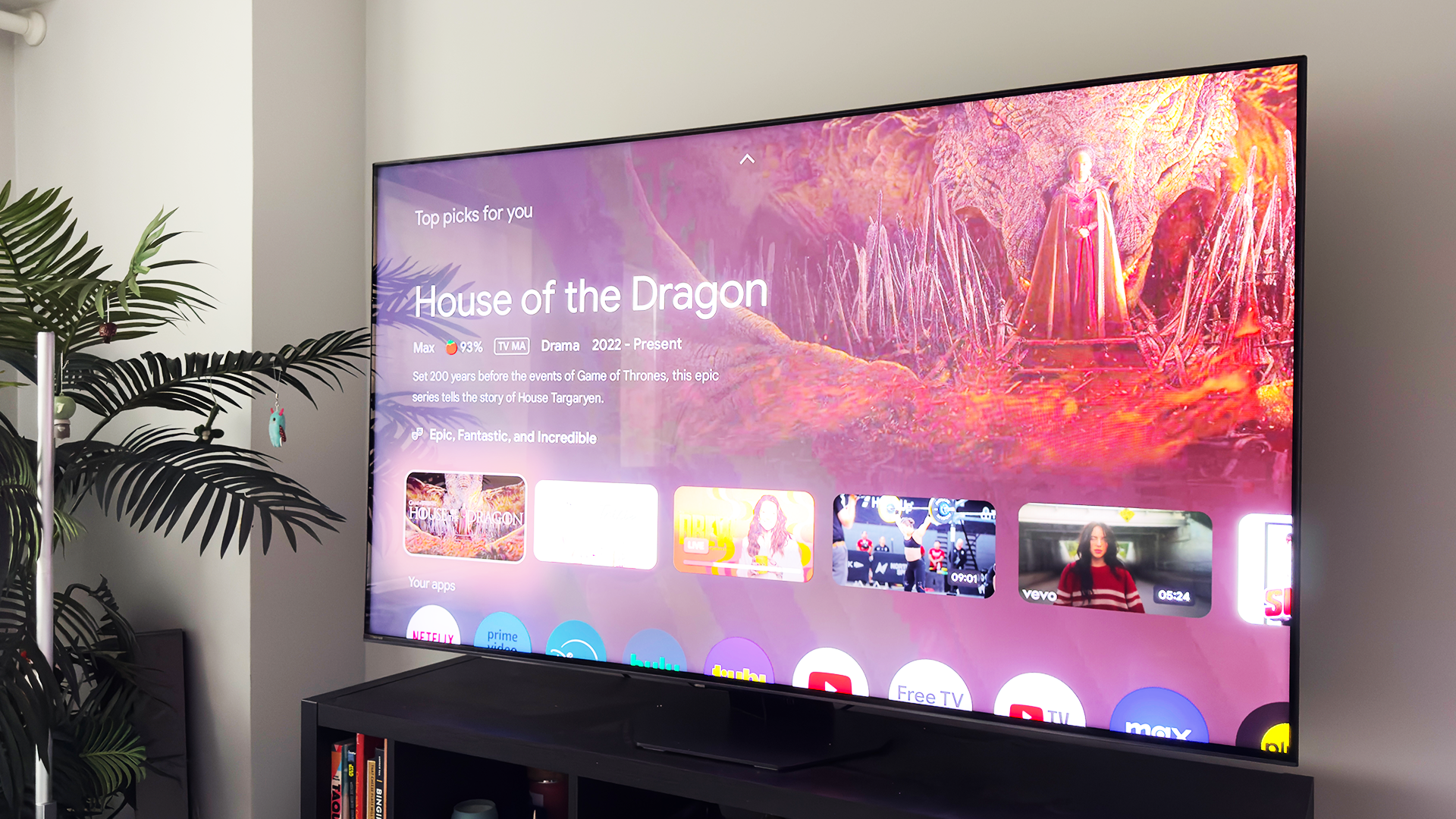
Samsung QLED TVs are among the best TVs you can buy, and have been my personal go-to for several years now. But when offered the opportunity to replace my aging Samsung Q80T QLED TV with Hisense’s state-of-the-art U8N Mini-LED TV, I decided to roll the dice.
I’ve heard great things about the Hisense U8N Mini-LED TV — in fact, one of my colleagues rated the set a rare 4.5 out of 5 stars for its “unbelievable” price-to-performance ratio. Although I very much appreciated my Samsung QLED’s performance, going on five years old, it started to feel a bit outdated compared to the current innovations in the TV market. Mini-LED TVs in particular are having a moment, so what better time to commit to one myself?
While Samsung does manufacture an excellent selection of Mini-LED (or what the brand calls Neo QLED) TVs, they’re not cheap. Hisense’s Mini-LED makes a much stronger value proposition, promising premium performance for less. There are some trade-offs shoppers need to be aware of, but overall, Hisense is a compelling solution for those who are on a tight budget.
I made the switch to the Hisense U8N Mini-LED TV one month ago, and so far, I am pleased with my upgrade. I wouldn’t go so far as to say that I’d never go back to a Samsung TV, but for now, there are three reasons I think the Hisense U8N was totally worth it.
Larger screen for a lower price
The biggest impact (literally) in swapping the Samsung Q80T for the Hisense U8N is that I jumped from a 55-inch TV to a 65-inch TV. When switching to a larger TV for the first time, the viewing experience instantly feels more premium. But with price being a major factor in purchasing a TV, shoppers may feel tempted to get a smaller size if it means spending less.
I get it — for the 55-inch size, the Samsung Q80T costs a hefty $1,999 at full retail. Alternatively the 55-inch Hisense U8N costs $1,099, and the 65-inch configuration I have is $1,499. The largest 85-inch configuration costs $2,799 before TV deals, which actually seems like a bargain considering the U8N looks better than the price tag suggests.
The brightness is incredible

It’s no secret that TVs have gotten brighter, but the Hisense U8N blows away a lot of new TVs for 2024 in this respect. In our lab testing, it measured over 3,200 nits in HDR, which is nothing short of spectacular. High brightness levels means a TV can handle bright scenes with ease. Think: an explosion or fireworks, or objects that you want to see as bright as possible without compromising detail or being blown out.
The Samsung Q80T, by comparison, registered a maximum brightness of 681 nits, though it’s worth noting that our testing protocols have changed since our initial review. Regardless, it doesn’t come anywhere close to the Hisense U8N in the brightness category. It’s made a noticeable difference for my movie nights, where I can see all the action more clearly and remain immersed in the content.
More modern smart TV interface
Perhaps my biggest complaint with the Samsung Q80T was how the smart TV interface began to feel, well, ancient. The company has since abandoned the pop-up app menu for a whole-screen homepage that serves up tons of content recommendations. This more modernized approach is also seen on the licensed Google TV platform, which Hisense employs throughout its entire TV lineup.
Google TV is a reliable content platform, and is especially useful when tied to your Google account. It saves your viewing preferences, and even lets you create multiple user profiles in the same household. I live with my sister, so when we each use our own profile, we get content recommendations based on what we individually enjoy watching. Plus, Google Assistant makes it fairly easy to search for specific shows and movies.
Overall, I can access whatever it is I want to watch much more easily on the Hisense U8N compared to what my Samsung QLED offered before.
Am I done with Samsung forever? Certainly not. But, for now, the Hisense U8N is making a strong case for itself as one of the best TVs you can buy.







